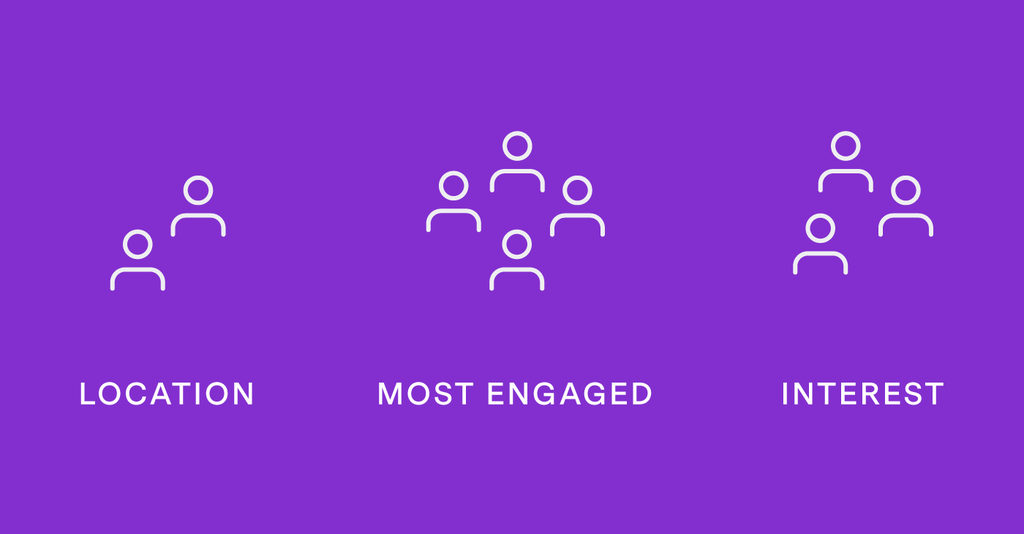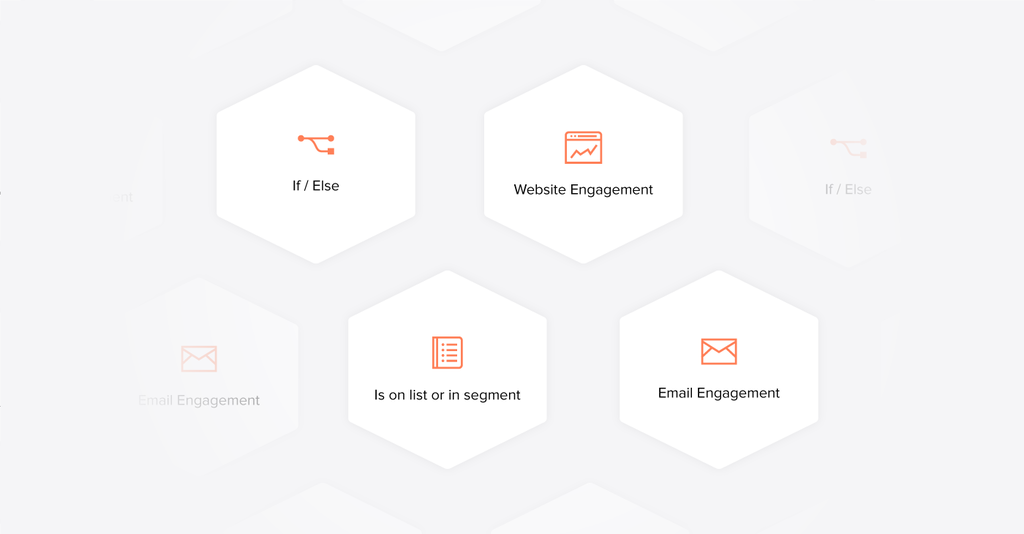
As we’ve said it before during our Automation Fridays weekly workshops: Marketing Automation is the next frontier of Digital Marketing. This means if you haven’t dabbled in automation yet, let me tell you, you’re already late.
Perhaps you have already come across some terms that you are not familiar with. And let’s be honest, in SaaS products things can get pretty jargony pretty quick.
So, if you are curious about marketing automation and want to keep up with some of the industry terms, here are 11 concepts we think you should know:
1. Trigger / Entry Point
No, this doesn’t refer to the feeling you get when someone chews too loud when they are eating right next to you (or is that just me?). A trigger is where an automation starts, based on certain actions, like adding contacts to a particular list, sending out an email and even based on actions taken by a contact or a group of them.
2. Visitor
A visitor is an anonymous user who comes to your site. Your goal should be to have them at least provide their email address. Once you have an address, you have yourself a contact or lead.
3. Condition
Inside your automation, you can define conditions to be set for each of the actions you want your automation to perform. That means you can segment contacts based on their engagement with emails you previously sent in the same automation or segments they are already a part of or even their engagement with your site.

These are some of the conditions you can use when creating a series of emails to communicate with your contacts using Automation Pro.
4. Contact, Lead or Prospect
In essence, which of the three terms you use depends on the industry and division you are in, but what it means for you is that once a visitor has provided contact information, they become your subscriber.
5. List
In Marketing Automation, a list is the collection of contacts or email addresses that will allow you to communicate with them.
6. Segment
A segment is the result of the process of organizing your list. That means separating your contacts and target audience into buckets of specific needs, preferences and even desired experiences.

To achieve a higher success rate based on your goals, segment your contacts to ensure each email is hitting the best possible target audience. This keeps your email automation relevant.
7. Drip
A drip campaign is what sometimes an email automation is referred as, what both of these concepts are is a series of programmed and timely emails.
8. Journey / Email Flow
Every automation you start should be goal oriented, so a flow is what you would layout as the stages or steps your automation would take to reach a specific goal.
9. Goal
As mentioned above each automation should have a clear desired result, some of the most common goals are:
- Onboarding: teach users how to use your product
- Engagement: to encourage your users to interact with your company
- Retention: To keep customers coming back
- Re-engagement: to get customers or users to come back and start using your product again if they stopped
But really, there are a lot of possibilities.
10. Signup form / email box
You should have one of these on your site already, but if not, a signup form will allow you to gather visitor’s contact information, to be able to create campaigns geared towards them.
11. Automation Pro
The most practical tool out there to manage and create your marketing automation (What? You thought I wouldn’t take the chance talk about our awesome tool?). Click here to learn more.
So there you have it, Marketing Automation is becoming more and more ubiquitous each day. So, this is a good start for you to have an idea of what all the industry lingo means.
Are there any other concepts you are still wondering about related to automation?
Drop us a line in the comments section below, and we’ll make sure to answer any questions.




